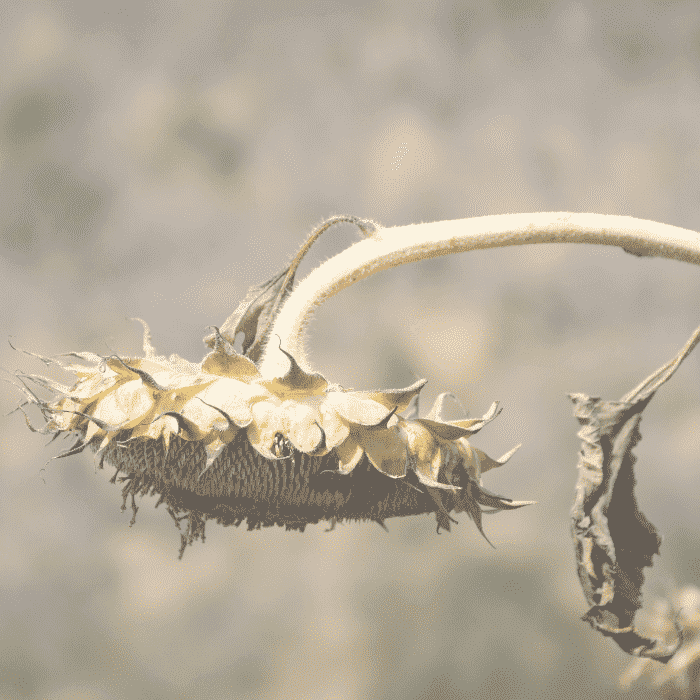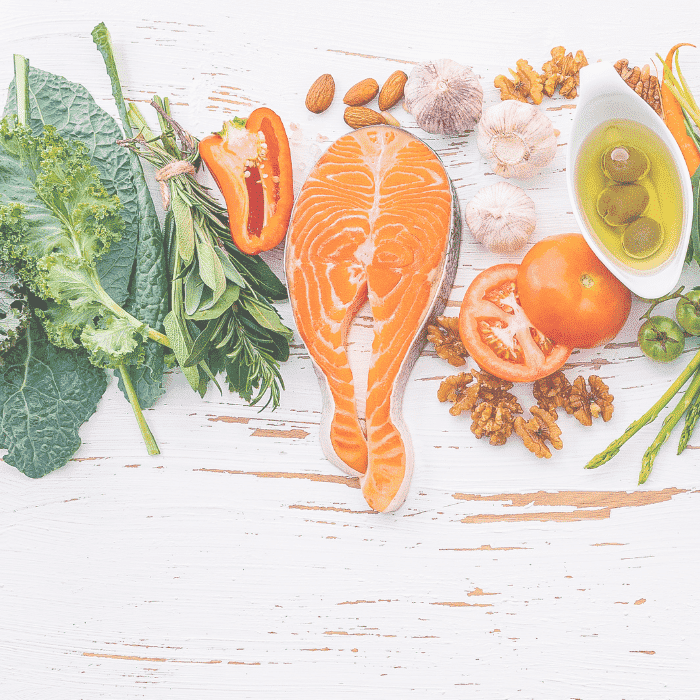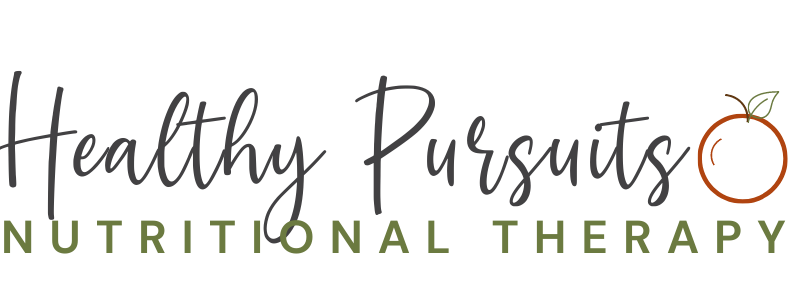Your liver is constantly working to detoxify your body. There are 3 phases of detoxification and each phase must be supported properly or else things start to get dysfunctional.
Before I break down those three phases – how might you know if any of these phases are gunked up? (yes, gunked up is the scientific term for this I think…)

- Digestive symptoms
- Skin rashes
- Dark circles under your eyes
- Yellowish whites of your eyes
- Sensitivity to perfumes and other chemicals
- Headaches
- Fatigue
- Weight
When the body is overloaded with toxins that the liver can’t keep up with, we are left with all kinds of symptoms.
Not only do outside sources of toxins have to be dealt with (pollution, pesticides in our food, other additives/chemicals in food, alcohol, caffeine, medications, cleaning products, skincare products, etc.) but also the internal toxins like damaged cells, metabolites from gut microbes, and toxins that arise from chronic stress, inflammation, and chronic infections.
There is A LOT the liver has to deal with!
Let’s dig into the phases so you can better understand what you might be dealing with in your own body. In the next post we’ll discuss how to properly support and work through potential dysfunction in these phases.
Phase 1) Preparing and oxidizing
This is the first line of defense. The liver is basically taking various compounds and through the use of certain enzymes, converts them into a different substance to prepare them to be either removed through the urine or removed with bile through the intestines with stool.
Phase 1 actually creates free radicals through the process of oxidizing the toxins. This is a necessary evil in order to get them prepared to leave the body.
We can keep these free radicals in check by A) not overloading Phase 1 with toxins to deal with and B) consuming many nutrient dense foods to provide the raw materials necessary to deal with that oxidation.
Nutrients needed for Phase 1 and where to find them:
- B vitamins: beef, eggs, seafood, other meats, leafy greens, liver
- NAC and nutrients that boost glutathione (major antioxidant) production: Brussel sprouts, broccoli, cabbage, cauliflower, collard greens, kale, turnips, meats, liver, eggs, lentils
- Vitamin C: strawberries, melons, bell peppers, citrus fruits
- Alpha Lipoic Acid: dark leafy greens, meats, liver
- Minerals like magnesium and iron
Phase 1 can easily be overloaded with all the substances we expose ourselves to – in addition to just the normal internal toxins our bodies would be dealing with.
In order to support this phase we have to reduce our exposure to obvious toxins and provide those nutrients needed to support phase 1.

Then we must support the next two phases so that the liver can actually get rid of those toxins!
Phase 2) conjugating
During this phase the liver is basically taking the compounds produced in phase 1 and making them less toxic and able to be removed. This is still happening in the liver, like phase 1. There are several complex pathways through which this happens and again, a ton of nutrients needed.
Nutrients needed to support Phase 2:
- Amino acids: especially taurine, glycine, glutamine, cysteine: you can get all of these by eating a variety of seafood and meats, including gnawing on the joints if you cook chicken wings, thighs, or drumsticks! Or make bone broth and get the gelatin that way.
- B vitamins: meats, seafood, all dark leafy greens, beets
- Minerals like magnesium and molybdenum – liver, legumes, leafy greens
- Sulfur containing foods – cruciferous veggies, meat, eggs, onion, garlic
How Problems Arise
Problems often happen during this phase because of a lack of the nutrients necessary for these complex pathways that the various types of toxic compounds have to go through.
Phase 1 is easily activated but if Phase 2 is sluggish (mostly because of a lack of those nutrients listed above), it’s easy to suffer the consequences of those backed up toxins.
You might experience fatigue, brain fog, digestive issues, skin problems, headaches, etc.
Phase 3) Transportation
This is the phase of detoxification where the body is removing the toxins from the body via the kidneys and into the urine, or with bile through the intestines and out with stool.
The main requirements for adequate Phase 3 detox include:
- Proper hydration (which is about water, electrolyte, and mineral balance) for the kidneys and urine
- Adequate GI functioning to ensure proper daily poops.

It’s easy to see how this phase can go awry. If you’re not pooping daily or not adequately hydrated, it will be really hard for your body to get rid of the toxins. When stool hangs out in the colon too long, toxins in that waste can be reabsorbed into the body. The liver then has to deal again with those toxins, long with the other substances that are also triggering phase 1.
If we don’t take action, the problem will compound itself! We need to make sure Phase 3 is moving well, Phase 2 has the nutrients needed to function, and that Phase 1 isn’t being overrun with an excess of toxins.
Support your body’s detoxification system
As you can see, there is a lot going on here and several opportunities for dysfunction to occur. In the next article, we’ll discuss how to go about supporting your detox system safely and effectively.
